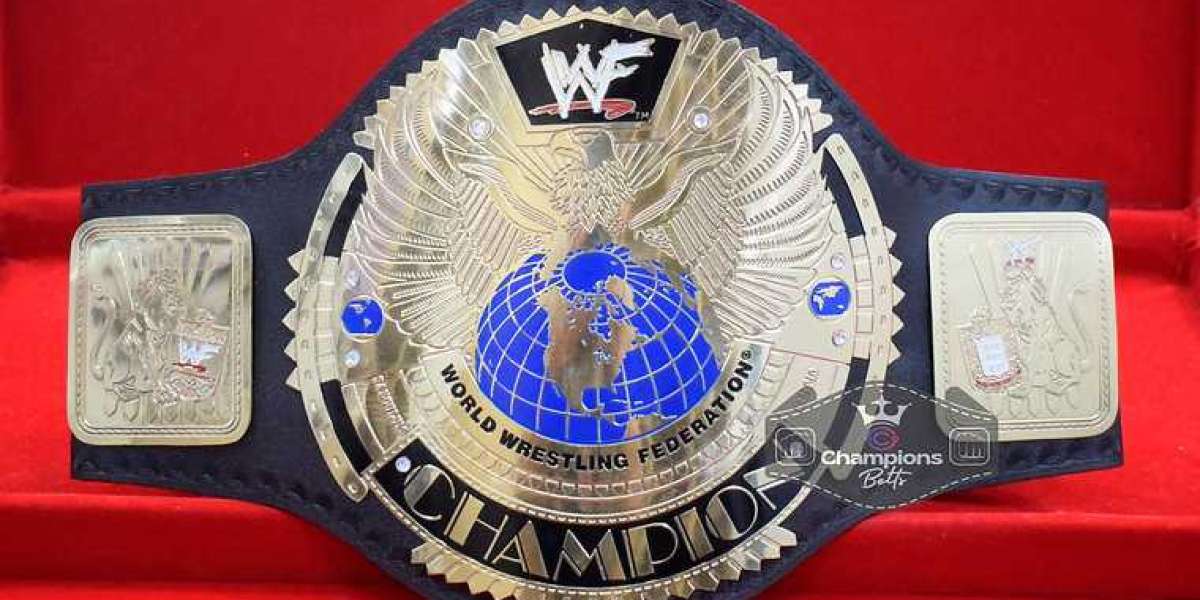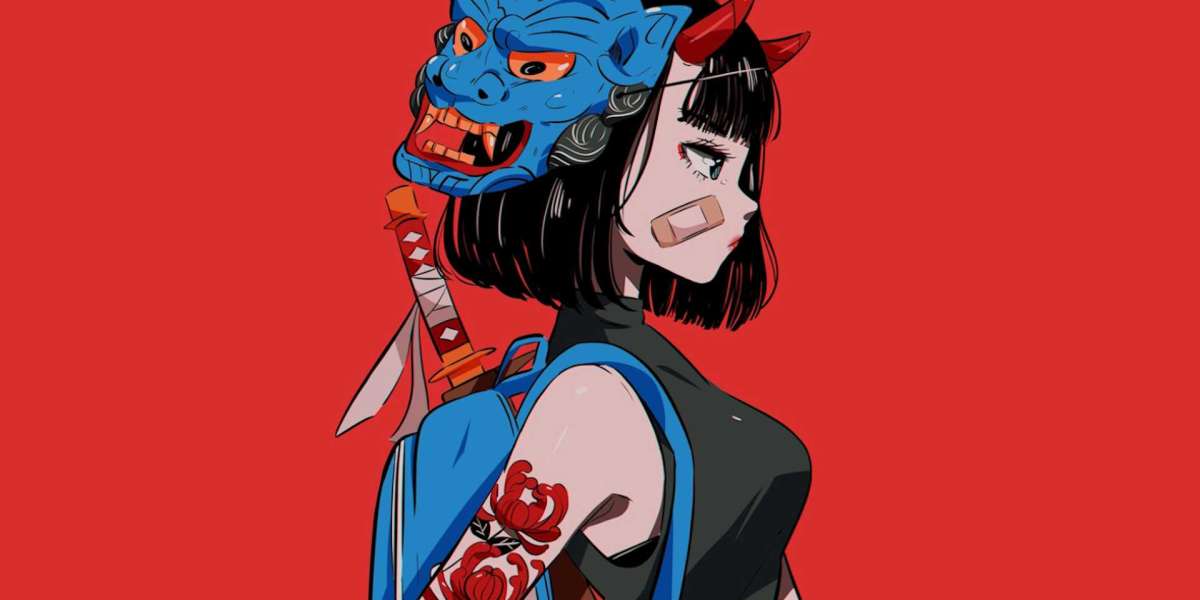The WWF Big Eagle Championship Belt, also known as the “Attitude Era” belt, is one of the most iconic pieces of wrestling memorabilia in the history of professional wrestling. Known for its bold WWF Big Eagle to the golden age of WWE (then WWF), this championship belt symbolized power, glory, and the transition into a new era of sports entertainment. This guide delves into the history, design, notable champions, legacy, and continued appeal of the WWF Big Eagle Championship Belt.
1. The Origins of the WWF Big Eagle Belt
a. Introduction to the Belt in the Attitude Era
- The WWF Big Eagle belt was introduced in 1998, during the height of the Attitude Era. The era itself marked a significant shift in wrestling, where storytelling became edgier, and wrestlers were larger-than-life personalities who connected deeply with audiences. The Big Eagle belt replaced the classic “Winged Eagle” belt and quickly became a symbol of the WWF’s bold new direction.
b. Transition from the Winged Eagle Belt
- Prior to the Big Eagle, the WWF Winged Eagle belt was the prized title of the organization. When Stone Cold Steve Austin won the championship in 1998, WWF sought to introduce a new belt that represented the company’s new, more aggressive attitude. The Big Eagle was chosen as the ideal replacement to symbolize a new age in wrestling.
2. Design and Features of the WWF Big Eagle Belt
a. Overall Design and Aesthetic
- The Big Eagle belt is famous for its larger plate, featuring a majestic eagle with its wings spread wide. The main plate, crafted from high-quality gold plating, had the WWF logo prominently displayed at the top with a world map as its background, representing the WWF as a global powerhouse.
b. Side Plates and Customization
- The belt included side plates, featuring the WWF logo and customizable elements for individual champions. These side plates provided a unique look and allowed personalization for each titleholder.
c. Leather Strap and Comfort
- The Big Eagle belt was designed with a thick, high-quality leather strap to accommodate its larger, heavier plates. The black leather strap complemented the belt’s golden features, giving it a sleek and powerful look. Its comfort made it practical for wrestlers to carry during their matches and entrances.
d. Variations of the Big Eagle Belt
- There were two main variations of the Big Eagle belt: one with the classic WWF logo and another with the logo set against a blue background. The differences were subtle but distinct, adding a layer of variety to the belt’s history.
3. Iconic Wrestlers Who Held the Big Eagle Belt
a. Stone Cold Steve Austin
- As the first to carry the Big Eagle belt, Stone Cold Steve Austin became synonymous with this title. Austin’s rebellious attitude and popularity during the Attitude Era made him a fitting champion to introduce this belt, cementing it as a symbol of WWF’s new age.
b. The Rock
- Another fan-favorite of the era, The Rock’s charisma and wrestling prowess brought further prestige to the Big Eagle belt. His matches with Austin and other superstars showcased the belt as a sought-after prize in the WWF.
c. Triple H
- Triple H, known for his brutal and intense style, brought a level of ruthlessness to the Big Eagle belt. His time as champion added to the belt’s prestige and symbolized the WWF’s edgier direction.
d. Mankind, The Undertaker, and Other Notable Champions
- Wrestlers like Mankind and The Undertaker added unique dynamics to the championship’s legacy. Each of these wrestlers brought their own personality to the belt, elevating its status as the ultimate prize in professional wrestling.
4. The Legacy of the Big Eagle Belt
a. Representation of the Attitude Era
- The Big Eagle belt became the face of the Attitude Era, representing the WWF’s global popularity and boundary-pushing content. It was a symbol of the company’s dominance in the 1990s and early 2000s.
b. Influence on Later Belt Designs
- The Big Eagle’s design inspired future WWE belts, such as the Undisputed Championship and modern belts, which also feature global themes and powerful designs. Its emphasis on size, detail, and presence set a new standard for championship belts in wrestling.
c. A Piece of Wrestling Nostalgia
- The Big Eagle belt is treasured by fans as a reminder of wrestling’s peak era. Collectors and enthusiasts often seek replicas, showcasing the belt’s enduring appeal as a symbol of wrestling’s golden age.
5. Collecting and Buying the Big Eagle Belt
a. Authentic Replicas
- Official WWF Big Eagle belt replicas are highly sought after among collectors. Made from high-quality materials, these replicas closely resemble the original and offer fans a way to own a piece of wrestling history.
b. Custom-Made Versions
- Some fans commission custom-made versions of the Big Eagle belt to add unique touches or pay homage to specific wrestlers. These custom belts often include enhancements like personalized side plates or custom leather straps.
c. Market Value and Rarity
- The Big Eagle belt is considered a valuable item in the memorabilia market. Prices vary depending on condition, authenticity, and specific features. Rare variations, like the blue WWF logo version, tend to fetch higher prices due to their uniqueness.
6. WWF Big Eagle Belt in Pop Culture
a. Featured in Iconic Matches
- The Big Eagle belt has appeared in some of WWF’s most famous matches, including WrestleMania bouts and high-stakes title fights. These matches further immortalized the belt as a symbol of wrestling greatness.
b. Merchandise and Media Appearances
- Beyond the ring, the Big Eagle belt has been featured in video games, action figures, and other forms of WWF/WWE merchandise, extending its legacy into pop culture. Many fans remember seeing this belt in the hands of their favorite wrestlers, making it a beloved relic of the Attitude Era.
7. How the Big Eagle Belt Compares to Modern WWE Titles
a. Design Evolution
- Today’s WWE titles have evolved to include sleeker, more universal designs that focus on branding, such as the WWE logo. In contrast, the Big Eagle belt emphasized intricate detail, which many fans feel gave it a more prestigious look.
b. Symbolism and Legacy
- The Big Eagle belt is often considered one of the most “prestigious-looking” belts in WWF/WWE history, with many fans and wrestlers reminiscing about the era it represents. While modern belts are designed to reflect WWE’s global brand, the Big Eagle is still remembered as a symbol of true competition.
Conclusion
The WWF Big Eagle Championship Belt stands as a monumental piece of wrestling history, representing the Attitude Era’s triumphs, rivalries, and unforgettable moments. This belt marked a shift in wrestling, symbolizing a period where storylines and characters captivated audiences worldwide. With its bold design, prestigious champions, and unforgettable presence, the Big Eagle belt remains a beloved symbol of WWF’s golden age. Today, it serves as a cherished piece of nostalgia for fans and collectors, holding a special place in the hearts of wrestling enthusiasts as a lasting emblem of an era that changed wrestling forever. Whether through collecting replicas or simply remembering legendary matches, the WWF Big Eagle belt continues to inspire, reminding fans of a time when wrestling reigned supreme in sports entertainment.


